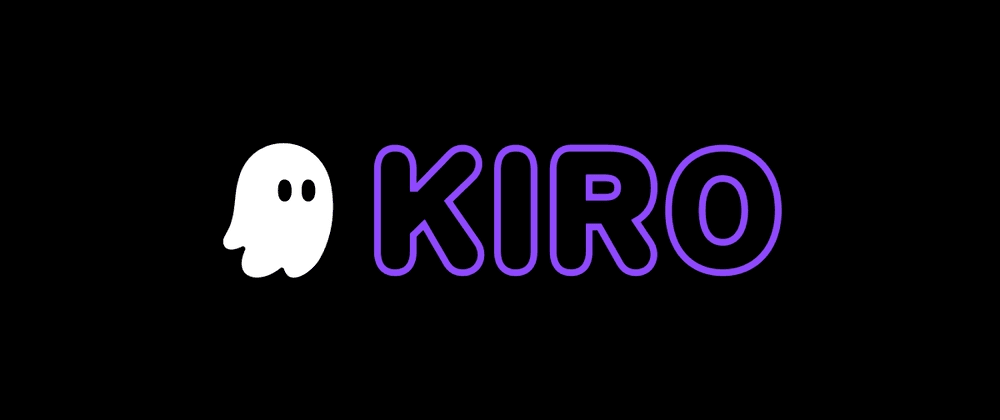Kiro vs Cursor: Choice Guide for Individual Developers
3-Line Summary
- Kiro is a spec-driven development tool specialized in systematic project management and automated documentation
- Cursor is a conversational programming tool with exceptional code autocompletion and rapid development capabilities for immediate use
- Individual developers can choose based on project nature (long-term vs short-term) and development style (systematic vs impromptu), or use both tools situationally
The rapid advancement of AI coding tools has put developers at a crossroads. Between AWS's Kiro and Anysphere's Cursor, which tool is better suited for individual developers? This article presents selection criteria from an individual developer's perspective based on the core differences between these two tools and actual usage experience.
Fundamental Philosophical Differences
Kiro and Cursor have completely different development philosophies. These philosophical differences significantly impact the actual development experience.
Kiro pursues "Spec-driven Development." It structures the entire development process with a single prompt, automatically generating everything from requirements documents to design and task breakdown. It systematically provides EARS-based user stories, data flow diagrams, TypeScript interfaces, and database schemas.
In contrast, Cursor focuses on "Chat-first Programming." This approach involves developers conversing with AI in real-time to generate and modify code on the spot. It offers GitHub Copilot-level tab completion and natural language commands through Cmd+K for immediate results.
Detailed Feature-by-Feature Comparison
Code Autocompletion and Real-time Suggestions
Cursor shows overwhelming superiority in this area. It provides code autocompletion equivalent to GitHub Copilot and understands the entire project context to make accurate suggestions. It significantly improves development speed by suggesting appropriate code the moment developers start typing.
Kiro currently lacks robust code autocompletion features. However, it pursues long-term development efficiency through systematic design and documentation.
Project Management and Documentation
Kiro demonstrates unparalleled strength in this field. Automatically generated requirements documents, design documents, and task lists are tremendously helpful even for individual developers. The Hooks system automatically executes tests, document updates, and security scans when files are saved (genuinely excellent).
Cursor has limited project management capabilities. Developers must handle documentation and project structuring themselves, which risks creating technical debt in long-term projects.
Learning Curve and Usability
Cursor is built on VS Code and can automatically transfer existing settings and plugins. It's immediately usable and can be utilized right away without additional learning.
Kiro requires learning time as it introduces new workflows. The UX can also be somewhat unfriendly. While it takes time to become familiar with structured development processes, once mastered, it delivers high productivity. It's ultimately VS Code-based anyway.
Pros and Cons Analysis from Individual Developer Perspective
Actually, there's no law saying you must use only one tool. Using both together creates synergy and is highly recommended.
Kiro's Strengths and Weaknesses
Strengths:
- Automated Project Management: Individual developers can establish enterprise-level systematic development processes
- Continuous Quality Management: Automatic code quality maintenance through the Hooks system
- AWS Ecosystem Integration: Seamless integration with cloud services for consistent experience through deployment
- Minimized Technical Debt: Long-term maintainability through systematic design
Weaknesses:
- Slow Initial Development: Reduced prototype development speed due to systematic approach
- Complex Setup: Excessive structuring for small-scale projects
- Limited Code Completion: Lack of real-time coding support features
Cursor's Strengths and Weaknesses
Strengths:
- Immediate Productivity: High development efficiency right after installation
- Excellent Coding Experience: Dramatic reduction in typing time through AI-based code completion
- Flexible Development Style: Adaptable to various project styles
- Multiple AI Models: Optimal AI model selection based on situation
Weaknesses:
- Documentation Burden: Developers must handle all documentation work directly
- Long-term Project Management Difficulties: Lack of systematic structuring tools
- Technical Debt Risk: Code quality management challenges due to rapid development

Situational Selection Guide
Selection Based on Project Nature
Long-term Projects (6+ months)
- Kiro Recommended: Ensures long-term maintainability through automatic documentation and systematic management
- Examples: SaaS products, platform development, enterprise solutions
Short-term Projects (1-3 months)
- Cursor Recommended: Rapid completion through fast development and immediate result verification
- Examples: MVP, prototypes, hackathon projects
Selection Based on Developer Style
Systematic Development Preference
- Kiro Recommended: Structured development processes and automatic documentation
- Characteristics: Prefers planning → design → implementation sequence
Impromptu Development Preference
- Cursor Recommended: Quick idea implementation and flexible development
- Characteristics: Prefers idea → immediate implementation → iterative improvement
Pricing and Cost Efficiency Comparison
Kiro Pricing Policy
- Free Preview: Currently free
- Expected Official Release Pricing:
- Free: $0 (50 interactions per month)
- Pro: $19/month (1,000 interactions per month)
- Pro+: $39/month (3,000 interactions per month)
Cursor Pricing Policy
- Hobby: Free (2,000 completions, 50 premium requests per month)
- Pro: $20/month (unlimited completions, 500 fast requests)
- Business: $40/month (additional team features)
From an individual developer's perspective, starting with free plans and selecting paid plans based on project scale is reasonable.
Recommendations by Actual Use Scenarios
MVP Development
Situation: Rapid MVP development for idea validation Recommendation: CursorReason: Immediate usability, fast prototyping, maximized development speed through real-time code completion
Side Projects
Situation: Side business or personal project with 6+ months of continued development Recommendation: Kiro + Cursor HybridReason: Kiro for initial design and structuring, Cursor for daily coding tasks
Portfolio Projects
Situation: Creating portfolios for job seeking or career transitions Recommendation: KiroReason: Enhanced portfolio quality through systematic documentation and professional project management
I'm using both together and it's absolutely excellent. Genuinely recommended.
Future Prospects and Development Direction
Kiro is likely to develop into an enterprise-grade development tool through deep integration with the AWS ecosystem. It's expected to show strong competitiveness particularly in cloud-native application development.
Cursor appears to be developing toward maximizing developer productivity by further improving the current coding experience. More accurate AI models and enhanced contextual understanding capabilities will be key.